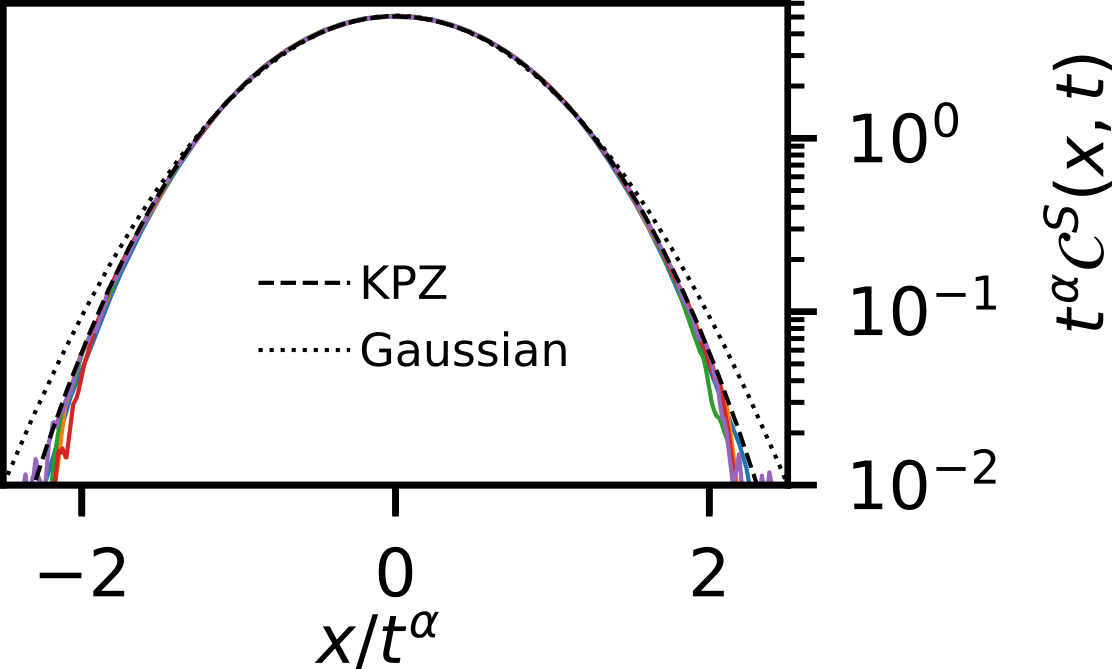In Plain English

How do systems behave at long times and scales, e.g. how do water molecules become water?
Physics often has a very good microscopic description at the level of individual particles and their interactions. On the other hand collections of many particles like a body of water show emergent behaviour not immediately obvious from this description, which appears a lot simpler than having to keep track of all constituents. Hydrodynamics is a paradigm that connects the microscopic description to the emergent large scale and late time behaviour.
Classical spin systems, collections of many arrows wanting to align or anti-align (like small magnets) are an ideal platform to explore aspects of hydrodynamics. They are sufficiently simple that we can (easily) study them, while still capturing the main ingredients to show interesting behaviour.
Here we find that even the most simple model (the classical Heisenberg chain) shows surprising long time dynamics and emergent self-reinforcing waves that travel through the system, akin to the famous "wave of translation" first observed in a channel of water by John Scott Russell.
Research

What is the hydrodynamic description of the classical Heisenberg spin chain?
The classical Heisenberg spin chain is maybe the most simple classical interacting many-body system, in addition to one of the paradigmatic models of magnetism. Surprisingly, even for this simple model the nature of its long-time dynamics is not fully understood.
We establish a regime of (long-lived) anomalous KPZ dynamics of the spin correlations in low temperature thermal states of the ferromagnetic Heisenberg model.
In a second development, we also establish the surprising existence of (long-lived) solitons in the Heisenberg chain. We are able to connect them to the well-known solitons of the integrable Ishimori-chain, uncover (almost) integrable scattering behaviour, and show they exist in thermal states. This then allows us to provide a potential explanation for the observed KPZ regime.